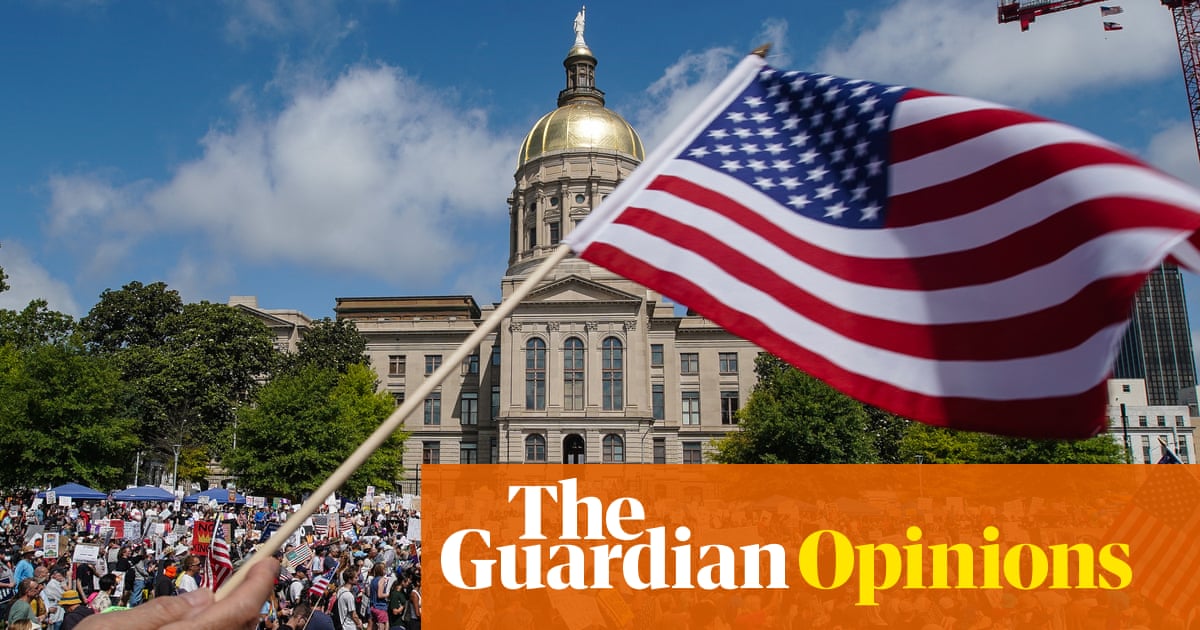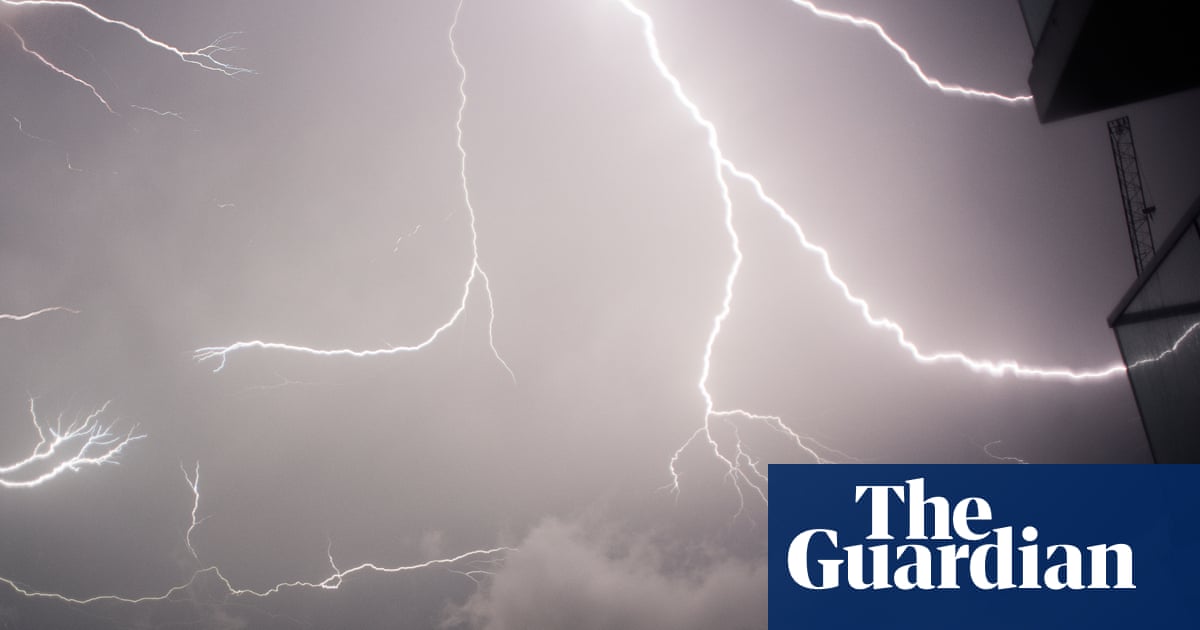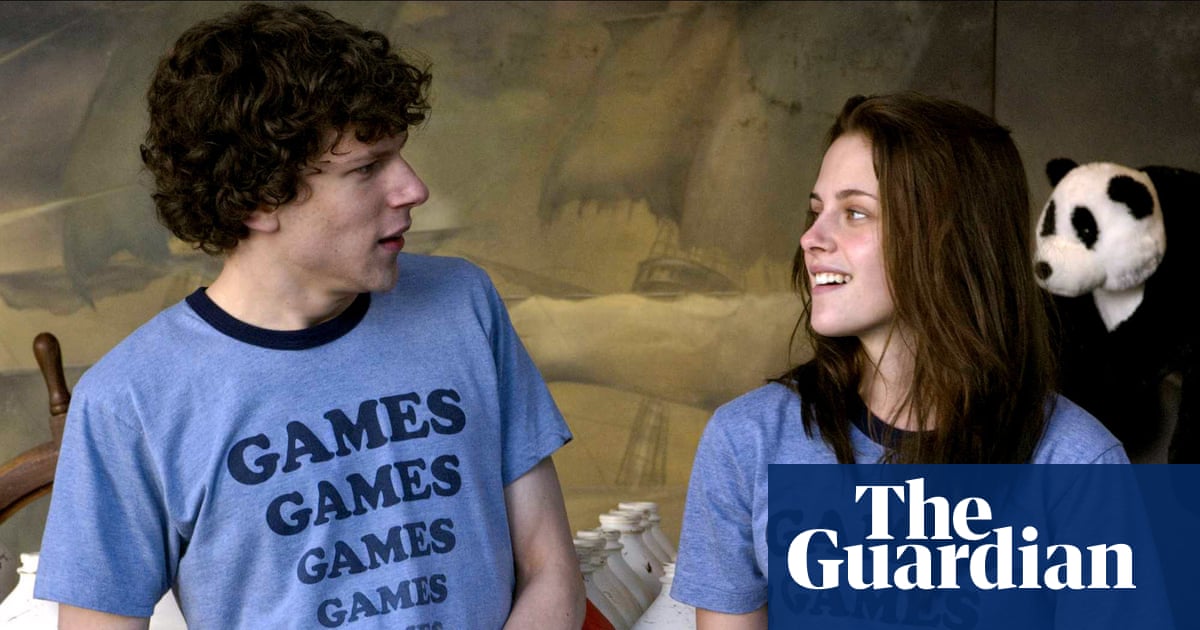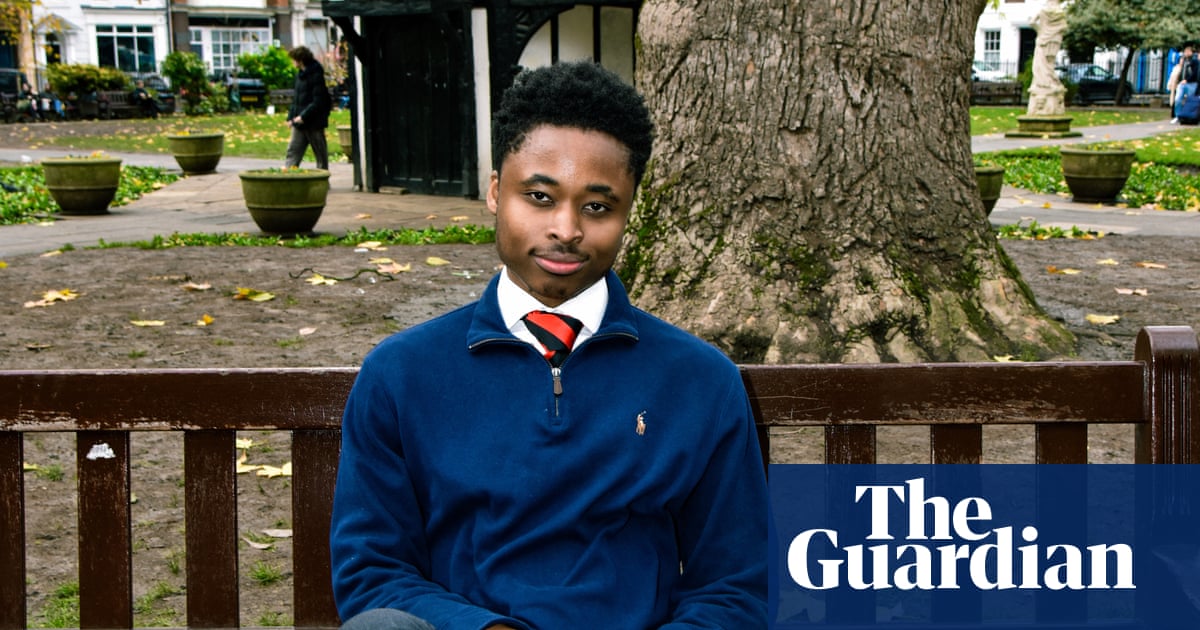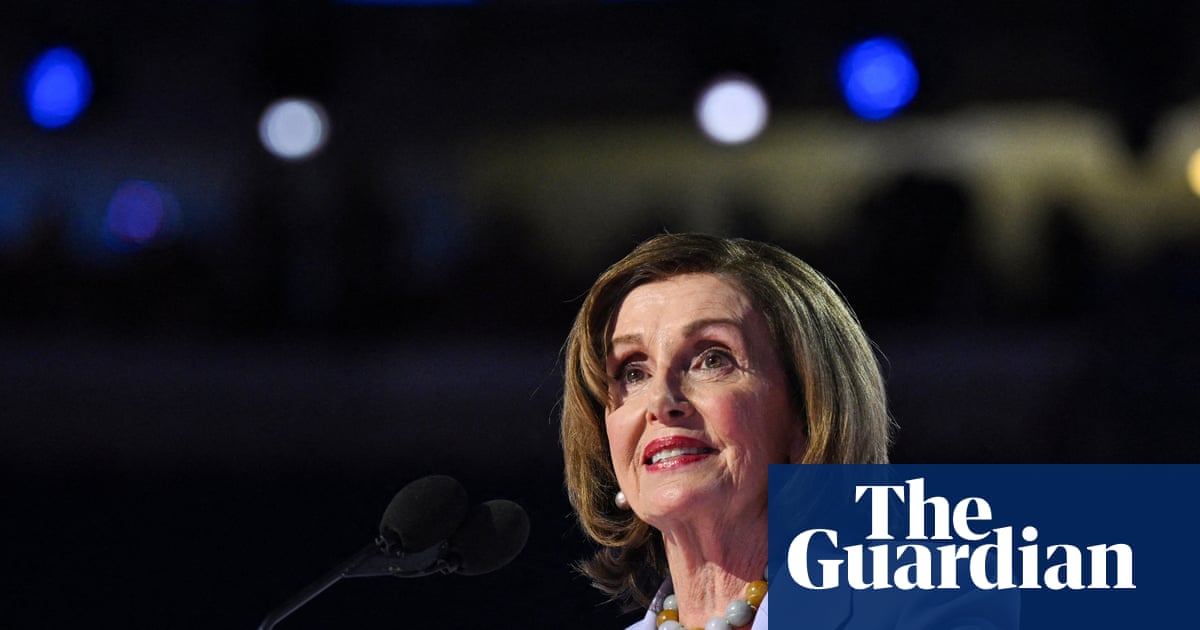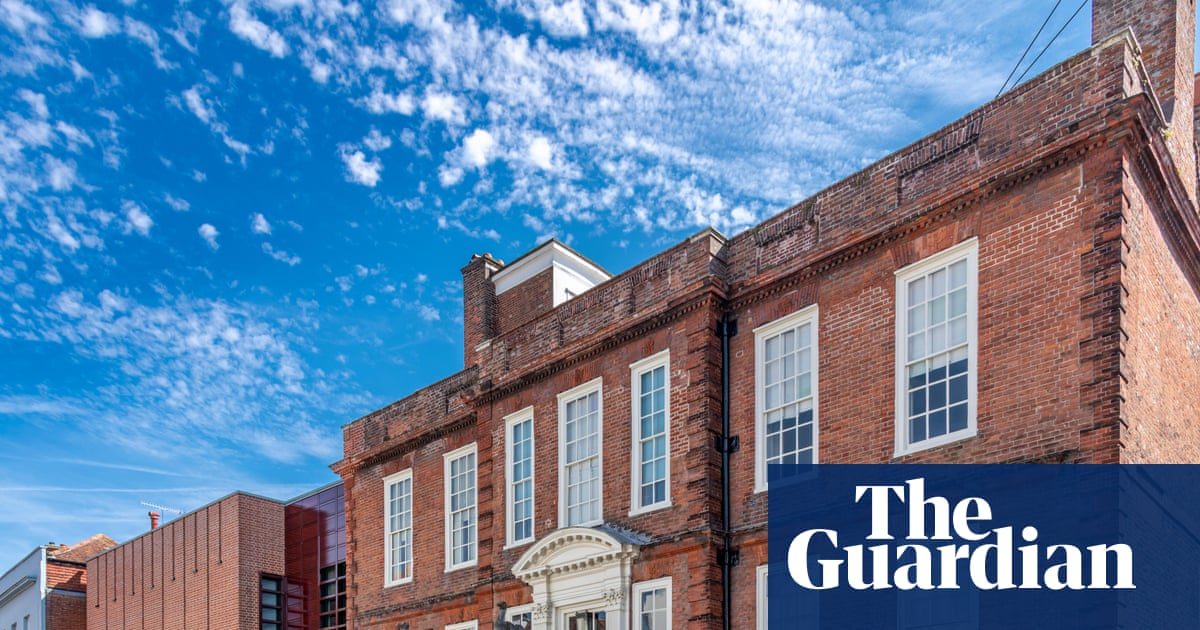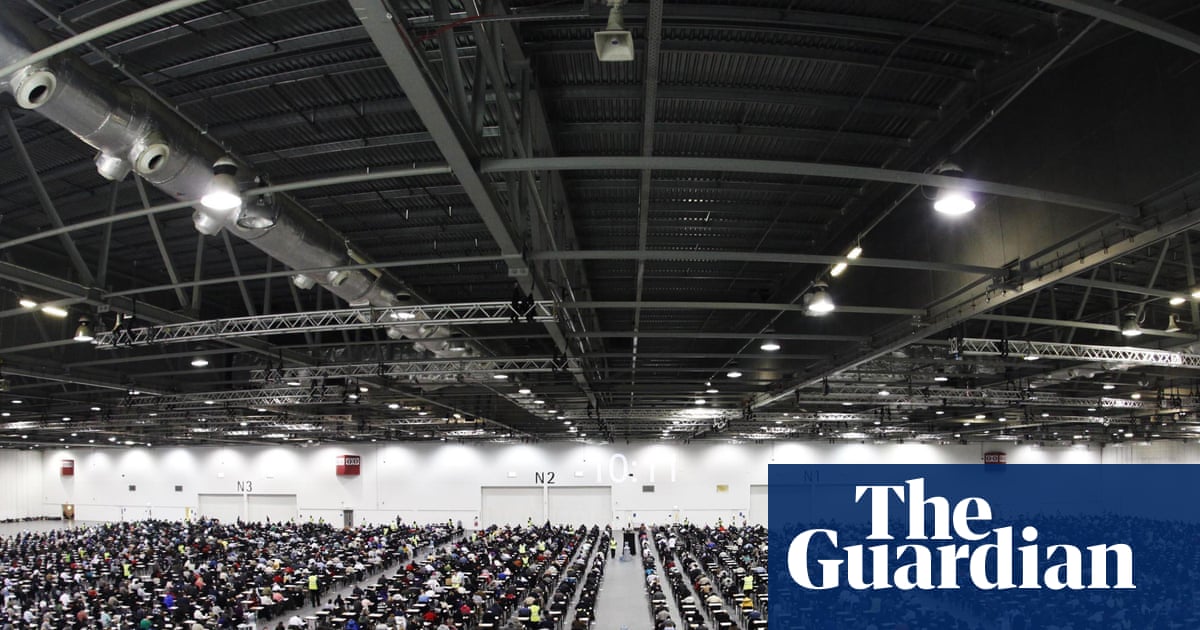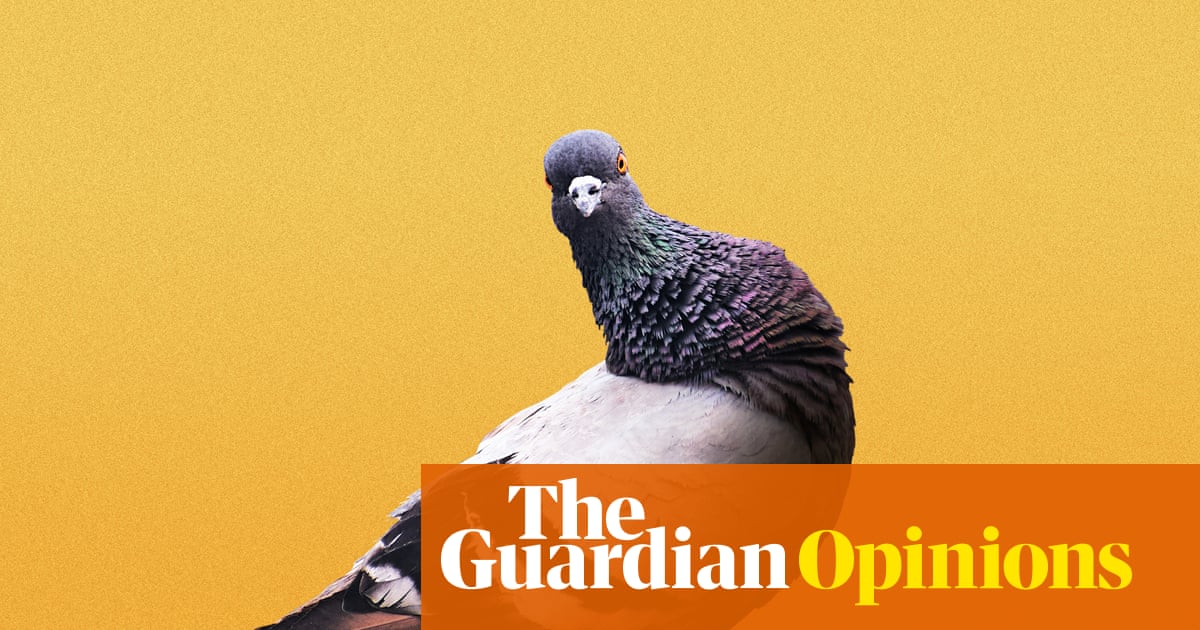“In their Conference League game away to Legia Warsaw, Hibernian wore parts of all three of this season’s kits – third shirt, away shorts and home socks,” noted Euan Williamson last week. “Has any other team done this before?”
As mixed kits go, the ensemble worn by Hibs in Poland – black shirt, green shorts and green socks – looked good. Hibs, who had lost the first 2-1 at Easter Road, came within seconds of a famous triumph before eventually losing in extra-time.
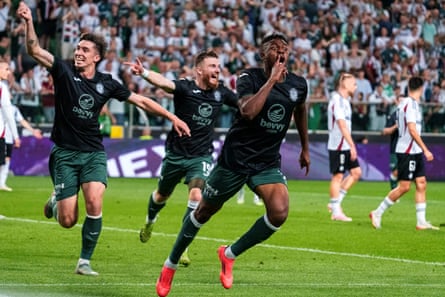
“Liverpool wore their red home shirt, black away shorts and the yellow socks from their third kit away to Watford back in March 1984,” writes Graeme Coleman. Kenny Dalglish and co did indeed wear a three-kit mashup, although the socks were from their away kit and the black shorts came from a previous change strip.
Liverpool wore this combination at Vicarage Road for games in May 1983, March 1984 and January 1985. If switching to their hosts’ exact colour combination seems like an odd choice, it should be noted that the Hornets wore red shorts and socks with yellow shirts in that era.
Gavin Hope has some more recent examples: “Luton wore their away shirt, home shorts and third-kit socks against Sheffield United last October,” he notes. “The Hatters did the kit treble twice in their Premier League campaign, at Bramall Lane again and at Brentford, wearing their third shirt, away shorts and home socks.”
“Lincoln City wore their away shirt, home shorts and third-choice socks against Wrexham in November last year,” continues Gavin, whose website Kitgeek is full of this sort of wonderful trivia. “Also in the 2021-22 season, Walsall used 10 different combinations of their three kits, although only one used all three: home shirt, third shorts, away socks, which ironically made for an all-red look.”
Finally, it would be remiss for us not to direct you towards the Museum of Jerseys website, which has a whole archive of examples from Morocco to Middlesbrough.
-
Any more examples? Email us here…
The Soviet Saints
Last week, we looked at players who represented nations in the old First Division that haven’t yet featured in the Premier League – and readers got in touch with a couple more examples.
Martin Ryle suggests another Soviet international, Sergey Gotsmanov, who joined Brighton from Dinamo Minsk in February 1990. The USSR midfielder, named the Belarusian player of the year four times between 1983 and 1989, scored four goals in 16 games for Albion – on one occasion, Gotsmanov rounded the keeper and paused to salute the home fans before tapping the ball into the empty net.
Brighton weren’t in the top division then – they got close, losing in that season’s playoff final to Notts County – but Gotsmanov’s skills caught the eye of Southampton, who lured him along the coast. He joined another Soviet international, defender Oleksiy Cherednyk, at the Dell. Cherednyk had arrived from Ukrainian side Dnipro in 1990, but neither player stuck around for the start of the Premier League era.
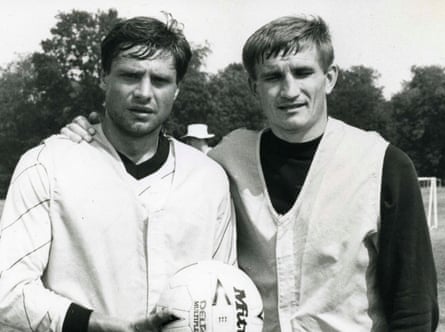
According to Southampton’s Daily Echo, Cherednyk was pursued by Saints manager Chris Nicholl after winning Olympic gold with the USSR team in 1988. He failed to adapt to English football though, and returned to Ukraine in 1993 after a spell stuck in the reserves. Cherednyk is now a scout for Shakhtar Donetsk; it’s also worth noting he was born in Tajikistan, another nation yet to be represented in the Premier League.
Here’s Tom Pinder, suggesting a more familiar name: “If we’re counting Jack Butler, who played for England but was born in Ceylon, we should also include England defender Terry Butcher, who was born in Singapore. He played for Ipswich and Coventry in the First Division but never featured in the Premier League.”
Butcher retired in 1991 to become Coventry manager, was sacked in January 1992 and then came out of retirement to play for Sunderland in the second tier in the 1992-93 season. Singapore-born full back Harry Birtwistle spent eight years at Wolves but left in January of this year without making a first-team appearance for the club.
Star power
“I noticed after Aberdeen’s Europa League loss to FCSB that both club crests feature two stars, representing European trophies,” noted Dave Watson. “But who were the first team to put a star on their badge to mark a trophy or trophies?”
Marcello Barisonzi has the answer. “The first team to do it in Italy, and I think the world in general, was Juventus. After winning their 10th league title in 1958, Juventus petitioned the Italian FA to add a star to their kit to celebrate their achievement. The request was granted and extended to all Italian teams.”
after newsletter promotion
“Juve first wore the gold star on their shirts in the 1958-59 season,” Marcello adds. “Today, Juventus wear three stars, Inter two and Milan one star above their club crests to celebrate the achievement of winning 30+, 20+ and 10+ Italian titles, respectively.”
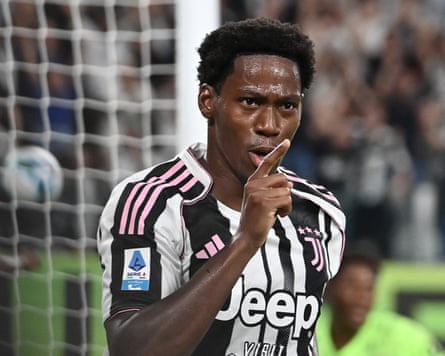
Knowledge archive
“These days countries draw their squads from all over the world,” asked Rick Porter in 2010. “Nigeria, for example, don’t have a domestic-based player in their squad for this year’s tournament. It never used to be the case, I’m sure, but who was the first player at a World Cup finals to play outside his home nation?”
You have to go all the way back to the very first World Cup in 1930, when the Yugoslavia squad boasted a trio of players from France. Ivan Bek and Ljubisa Stefanovic played for FC Sète, while Branislav Sekulic was with Montpellier. Bek would later play for France under the name Yvan Beck and was involved with the French resistance during the second world war.
The first British-based player not playing for one of the home nations at a World Cup was George Robledo in 1950. Robledo had been born in Iquique on the Pacific coast of Chile in 1926, but emigrated to Brampton, near Rotherham in South Yorkshire, at the age of seven. After joining Barnsley in 1943 and then Newcastle in 1949, Robledo joined Chile for the 1950 tournament in Brazil. It would be interesting to know what his teammates made of his Yorkshire accent. More on Robledo, and his brother Ted, can be found here.
Can you help?
“Neom SC have just started their first season in the Saudi Pro League, having been promoted last season,” notes Oliver Jameston. “They’re named after a city which will supposedly have been constructed by 2030, though currently only two buildings have been finished and many are sceptical of it meeting this date. Is this the first time a top-flight side has represented a city or place that was yet to exist?”
“The top 10 goal scorers for the Hungarian national team all ended their careers in the 20th century,” notes Cameron McGlone. “Which other national teams don’t have a top-10 scorer who has played in the 21st century?”
“I saw someone on X ‘repping’ (as the kids say) Kepa Arrizabalaga for having two Champions League winners’ medals, but he didn’t play in either Chelsea’s 2021 or Real Madrid’s 2024 final triumphs,” notes Michael Pilcher. “It got me thinking: who has the most European Cup or Champions League medals without appearing for a single minute in a final?”
“In the Denmark v Scotland World Cup qualifier, both goalkeepers (Kasper Schmeichel and Angus Gunn) were the sons of keepers also capped for the same countries (Peter Schmeichel and Bryan Gunn). Are there any other instances of this happening?” wonders Richard A’Brook.
-
Mail us with your questions and answers

 3 months ago
80
3 months ago
80

